Microsoft have loaned their OUI (00-50-F2) out for a number of Wi-Fi Alliance specifications; perhaps WPS is one of them (along with Wi-Fi Multimedia Extensions and Wi-Fi Protected Access).
I'd check the IBSS with Wi-Fi Protected Setup Technical Specification v1.0.0 to see if that's the case, but it requires that I have a login to access "premium content", and "premium" probably means "notfree-as-in-beer" and I don't know whether "not free-as-in-beer" means "we charge a not-too-expensive fee for the specification", "we charge a too-expensive fee for the specification", or "we charge a membership fee so you'll keep paying, year by year, for your desire to read that one specification.
And when I tried to create a login anyway, it informed me that "You have attempted to reach a URL that no longer exists on salesforce.com." However, they sent me a mail to reset the password for my account - I'd already supplied them with a password for it, but I guess this is the way they get first-time users. After doing that, giving the account a brand-new password, they proceeded to send me to a page that looped infinitely between two pages. Quality with a capital KW, as a friend would say....
At least they don't appear to be charging me for the privilege.
However, I could return to the page for the specification in question and open it now. It does mention "IWSC OUI value of hex 00-50-F2-10", which is not an OUI value, as it's 4 octets, but it does begin with Microsoft's 00-50-F2 OUI. "IWSC" is "Wi-Fi Simple Configuration for IBSS"; the "Wi-Fi Simple Configuration" specification says "In the Wi-Fi Simple Configuration Information Element, the Element ID has a value of 221 and OUI is hex 00 50 F2 04." Again, that's Microsoft's 00-50-F2 OUI followed by an extra octet. They also speak of the "Wi-Fi Alliance OUI of 00 50 F2 04", so I guess Microsoft gave or loaned that OUI to the Wi-Fi Alliance. The IEEE's registry still says it belongs to Microsoft, so presumably it was loaned, and perhaps Wireshark's manuf file should indicate that it's a Microsoft OUI but loaned to to the Wi-Fi Alliance.
(And the Wi-Fi Protected Access spec I found I'd saved also speaks of that Microsoft OUI being used.)
So it's probably not Microsoft-specific.
